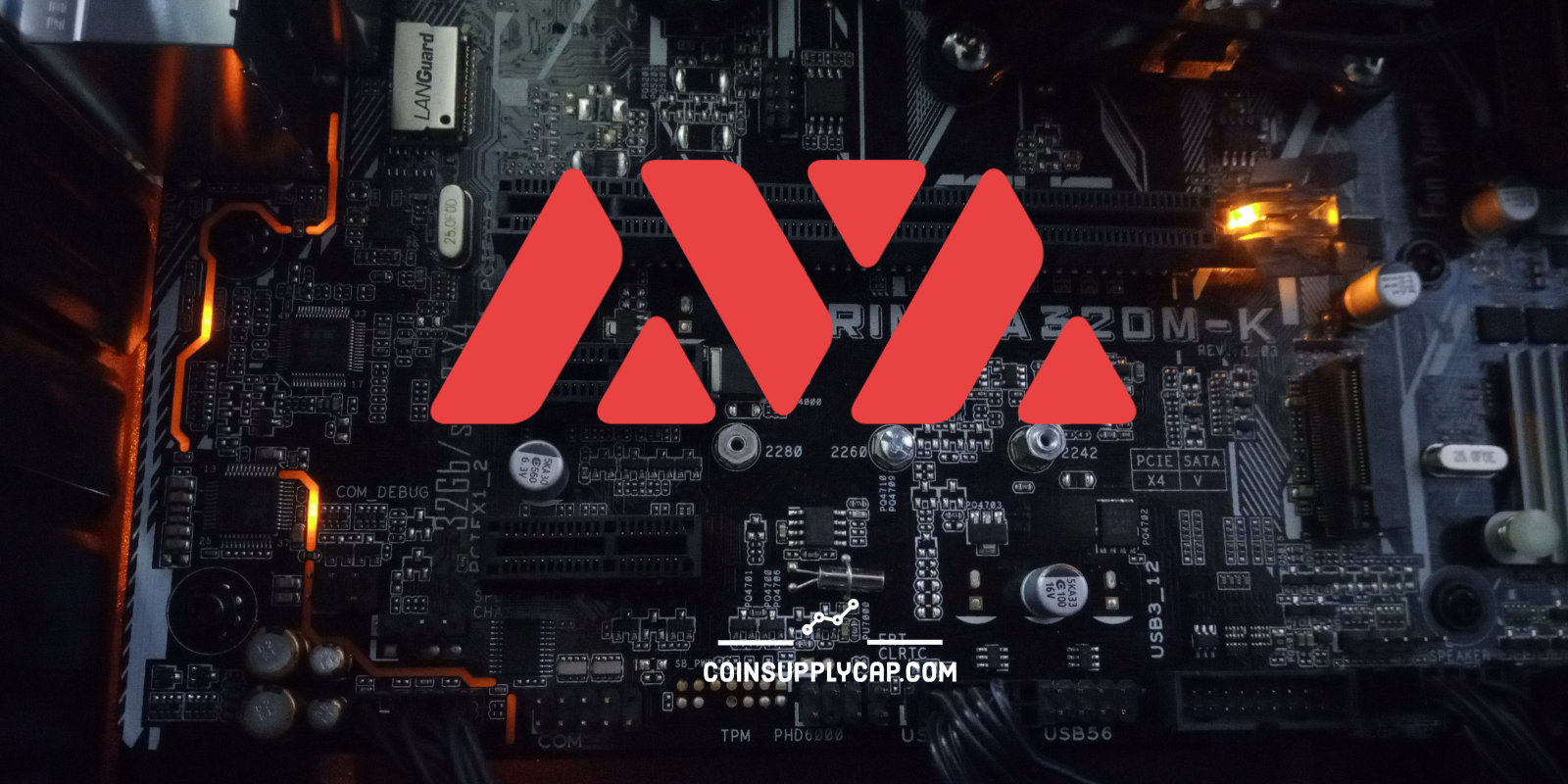


This article will revolve around Staking and Mining, how they work, and rather Staking will replace Mining or not. We will discuss each consensus mechanism behind them, analyze the current trends and see for ourselves if we can reach a final verdict.
What is Staking and how does it work?
Staking is the action of locking cryptocurrencies to secure the blockchain network. By doing so, you get rewarded with interest.
“Proof of Stake” (PoS) is a consensus mechanism used for blockchains. This algorithm is working by selecting validators to confirm blocks of transactions and add them to the blockchain. Every time a new block is added mining is happening, the new cryptocurrency coins are distributed as “stake” rewards.
Simplified, the validator is staking coins, then participating in consensus, and receiving rewards from the decentralized network.
What is Mining and how does it work?
Mining is a process, a competitive one, but rather considered a lottery than a competition. Usually, someone will generate acceptable “Proof of Work” every ten minutes or so, depending on the blockchain algorithm, the person that does that is anonymous. Miners will gather together to raise the chances of mining a block, also called a pool. This way transaction fees are generated and get rewarded in newly-created coins.
“Proof of Work”, also known as PoW is a consensus mechanism as well. This mechanism is working through purchased equipment that is kept operating.In other words, that is how PoW mines coins, with the help of powerful processing equipment.
So, will Staking replace Mining?
Simple answer: probably not, however I believe newer coins will choose PoS over PoW.
Things are a bit more complicated, let's look at both sides' benefits and drawbacks.
Why Staking might replace Mining.
Let’s look at Ethereum, being a good example.
Ethereum is working on changing its consensus mechanism, from “Proof of Work” to “Proof of Stake”. The developers have road mapped this coin in four stages.
In the third one, the Casper protocol was implemented, where the token will start switching from “Proof of Work” to “Proof of Stake”. Of course, this is a slow process, you can’t just switch the consensus mechanism within days.
Casper introduces something called “Difficulty Time Bomb”, because of this, PoW difficulty will reach an exponential rate. The block validators will have to switch to the new “Proof of Stake” algorithm after going through a hybrid stage of PoW-PoS.
If Ethereum moves to PoS, I believe many others will follow, however, nobody knows when it is going to happen, since the move was postponed many times.
Proof of Work is very costly. The mining hardware is quite expensive and on top of that there is a permanent cost for our planet’s sustainability. The amount of electrical energy consumed by a PoW miner is extremely high, which translates into pollution, which harms our environment. Most of the energy consumed by these machines, that are using PoW to mine, is coming from non-renewable sources, the kind of sources that are producing the greenhouse effect that we feel more and more every day.
Why Mining might still be around for a while.
The answer is Bitcoin.
Bitcoin uses PoW and has pioneered the industry, not long after, Litecoin came along, being the silver to the so called gold. Both projects use a large infrastructure of miners that have invested hundreds of millions of dollars within the last 10 years.
To make things worse, all the ASIC machines used for mining these two coins, can’t be repurposed as those used for mining Ethereum.
What does this have to do with the mining future?
Venture Capitalists, large groups of interests, wealthy businesses invested in these miners, they created a huge infrastructure which basically point to two things.
One, the industry is here to stay.
Two, these are savvy investors, which wouldn’t have invested in the first place if they knew that the industry won’t be around for years to come.
While PoW might be considered an existential threat to our planet, due to the use of non-renewable energy sources, that can change in the next few years.
Many miners are already looking into acquiring green energy to power their miners, which reinforces the idea of mining not going away anytime soon.
Conclusion
Blockchain is in the infant stages, as the internet changed in the last 40 years, so it will be happening with the blockchain. Consensus mechanisms are going to change, improve and disappear. While most of the new projects coming out use Proof of Stake over Proof of Work, due to the oldest most established coins still using Proof of Work, we believe that staking will not replace mining, but it will overtake it in terms of adoption.
Does Mining Damage the CPU?


Are GPU Crypto Mining Rigs Loud?


Can you mine Avalanche (AVAX) Coin?


Why Does Staking APY Change? What is Crypto APY?


How much can you make with a M2PRO MXC miner?


Is Staking more profitable than Mining?


Will Staking Replace Mining?



Is Internet Computer ICP a Web 3.0 Coin?


Proof of Work vs Proof of Coverage, what is the difference?


Can I mine Helium in my area? U.S, U.K, Canada, Australia, Europe


Can you move a Helium Miner? What’s the best location?


How to Sell Your Helium Miner?


How far can Helium Miner reach?


Can Helium Miner be hacked?


How Much Electricity Does a Helium Miner Use?


Is Litecoin Eco-Friendly?


How long does it take for Helium Miner to sync?


Helium Miner Data Usage – Explained


Does Helium Miner Slow Down the Internet?


Who Owns the Most AMP Crypto – Wallet Tracking



